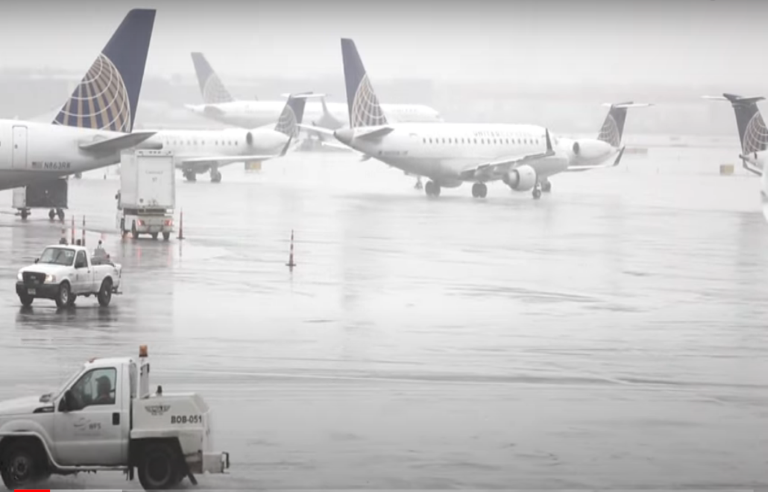Safe winter operations at airports: New video from FAA

Washington — A new video from the Federal Aviation Administration highlights best practices for airport operators, air traffic controllers and pilots to follow to ensure safe operations amid snowy and icy conditions.
Created in conjunction with an agency CertAlert advisory, the nine-minute video says “the challenges of winter operations and the snow- and ice-removal process can be managed through advanced preparation, good communication, timely assessments and reporting.”
As snow- and ice-removal vehicles operate on airport grounds – often contending with increased radio communication and decreased visibility – these strategies are especially important, FAA says.
Guidance includes:
- Develop a well-coordinated snow- and ice-control plan and test it before winter.
- Establish a letter of agreement between the airport operator and air traffic control facility outlining when access will be necessary to conduct a surface condition assessment or contaminant mitigation, as well as when conditions warrant immediate runway closure.
- Provide stakeholders with proper airfield familiarization training.
- Make sure equipment operators have the current airport diagram.
- Ensure appropriate radio frequencies are known and posted in each vehicle.
- Grant runway access to snow- and ice-control vehicles only after runways are declared open by airport operations.
FAA also stresses the importance of messaging from officials within snow- and ice-control communication centers. The agency notes that visual safety cues and reference points typically visible during ideal conditions – such as airport signs, runway/taxiway lights and infrastructure – may be obscured during winter weather.
The agency recommends that air traffic control centers request braking action reports from pilots to remain aware of changing surface conditions.
At facilities without air traffic control towers or at which the control tower is closed, FAA emphasizes the use of controlled traffic advisory frequency. Via this radio communication, vehicle and equipment operators can periodically provide data such as location-specific information and updated airport surface conditions.
Pilots also can use controlled traffic advisory frequency to broadcast their position relative to arrival and departure, and report surface condition concerns when affected by contaminants.
Post a comment to this article
Safety+Health welcomes comments that promote respectful dialogue. Please stay on topic. Comments that contain personal attacks, profanity or abusive language – or those aggressively promoting products or services – will be removed. We reserve the right to determine which comments violate our comment policy. (Anonymous comments are welcome; merely skip the “name” field in the comment box. An email address is required but will not be included with your comment.)

